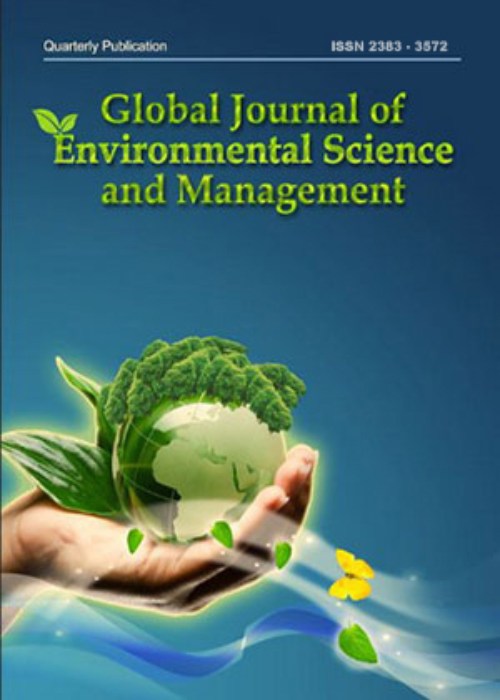Microplastics contamination in two peripheral fish species harvested from a downstream river
Author(s):
Article Type:
Research/Original Article (دارای رتبه معتبر)
Abstract:
BACKGROUND AND OBJECTIVE
The occurrence of plastic waste pollution in waters has become a major issue globally. One of the waters which tend to be polluted with plastic waste such as bags, food wrappers, and unused fishing nets, is the Krueng Aceh River, which is located in the center of Banda Aceh city, Indonesia. Microplastics in the rivers potentially contaminate the fish through the food chains, and are then transferred to humans once consumed. The two species of fish that are frequently caught by fishermen in the Krueng Aceh River and consumed by the local people are mullet Mugil cephalus and bagok catfish Hexanematichthys sagor. Both have the potential of being contaminated with microplastics that enter the river. Therefore, this study aims to analyze the status of microplastic pollution in mullet M. cephalus and bagok catfish H. sagor harvested downstream of the Krueng Aceh River, Banda Aceh, Indonesia.METHODS
The fish samples were caught in three locations, namely in the river estuary, residential, and agricultural areas. A total of 50 mullets and 46 bagok catfish were employed for analysis. Microplastics were analyzed in the digestive tract using a microscope, while waste in the carcass was detected using the fourier transform infrared analysis.FINDINGS
In mullet, the highest number of microplastic particles were found in fish samples caught in river estuary (16 particles/fish on average), followed by the sample from residential areas (10 particles/fish on average). Meanwhile, the lowest abundance of microplastic was recorded in sample near agriculture areas (5 particles/gram body weight). In bagok catfish, microplastic abundance in samples from the river estuary and residential areas was almost the same, and it ranged from 7-8 particles/fish. The lowest particle number was in bagok catfish caught in the region near agricultural areas. This study indicated fiber as the most dominant microplastic in the two fish species at all sampling locations. It also had three colors in the alimentary tract of mullet and bagok catfish, namely red, blue, and black, which was predominant. The fourier transform infrared spectrum showed several wavenumber peaks signifying alkane compounds’ presence, which are microplastic characteristics. Based on the peak values, the presence of two polymer types was suspected, namely polyethylene, and polypropylene.CONCLUSION
Fiber and film microplastics were found in the digestive tract of mullet and bagok catfish, where the number of particles was most abundant in the mullet. The fourier transform infrared test was also detected the presence of microplastic pollutants in both species. This indicates that mullet and bagok catfish in Krueng Aceh River have been contaminated by microplastics and are not safe for consumption.Keywords:
Language:
English
Published:
Global Journal of Environmental Science and Management, Volume:9 Issue: 2, Spring 2023
Pages:
299 to 308
magiran.com/p2498069
دانلود و مطالعه متن این مقاله با یکی از روشهای زیر امکان پذیر است:
اشتراک شخصی
با عضویت و پرداخت آنلاین حق اشتراک یکساله به مبلغ 1,390,000ريال میتوانید 70 عنوان مطلب دانلود کنید!
اشتراک سازمانی
به کتابخانه دانشگاه یا محل کار خود پیشنهاد کنید تا اشتراک سازمانی این پایگاه را برای دسترسی نامحدود همه کاربران به متن مطالب تهیه نمایند!
توجه!
- حق عضویت دریافتی صرف حمایت از نشریات عضو و نگهداری، تکمیل و توسعه مگیران میشود.
- پرداخت حق اشتراک و دانلود مقالات اجازه بازنشر آن در سایر رسانههای چاپی و دیجیتال را به کاربر نمیدهد.
In order to view content subscription is required
Personal subscription
Subscribe magiran.com for 70 € euros via PayPal and download 70 articles during a year.
Organization subscription
Please contact us to subscribe your university or library for unlimited access!


